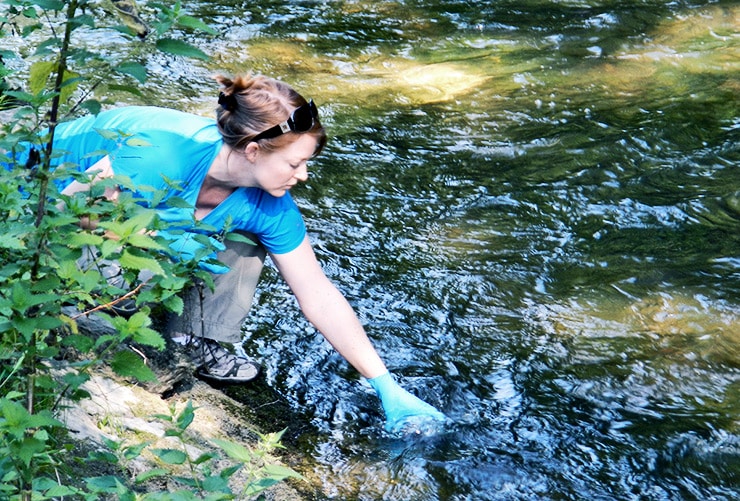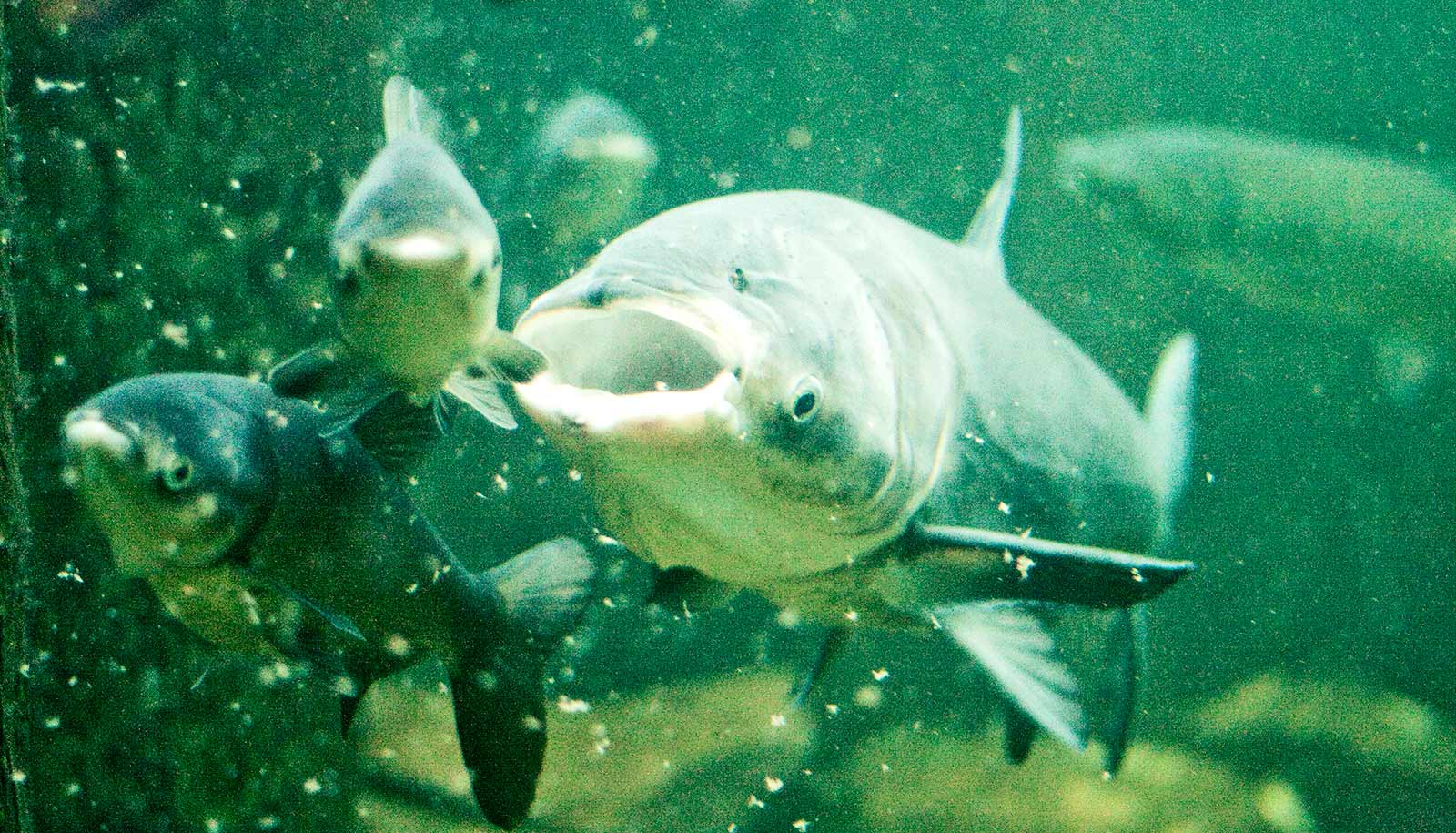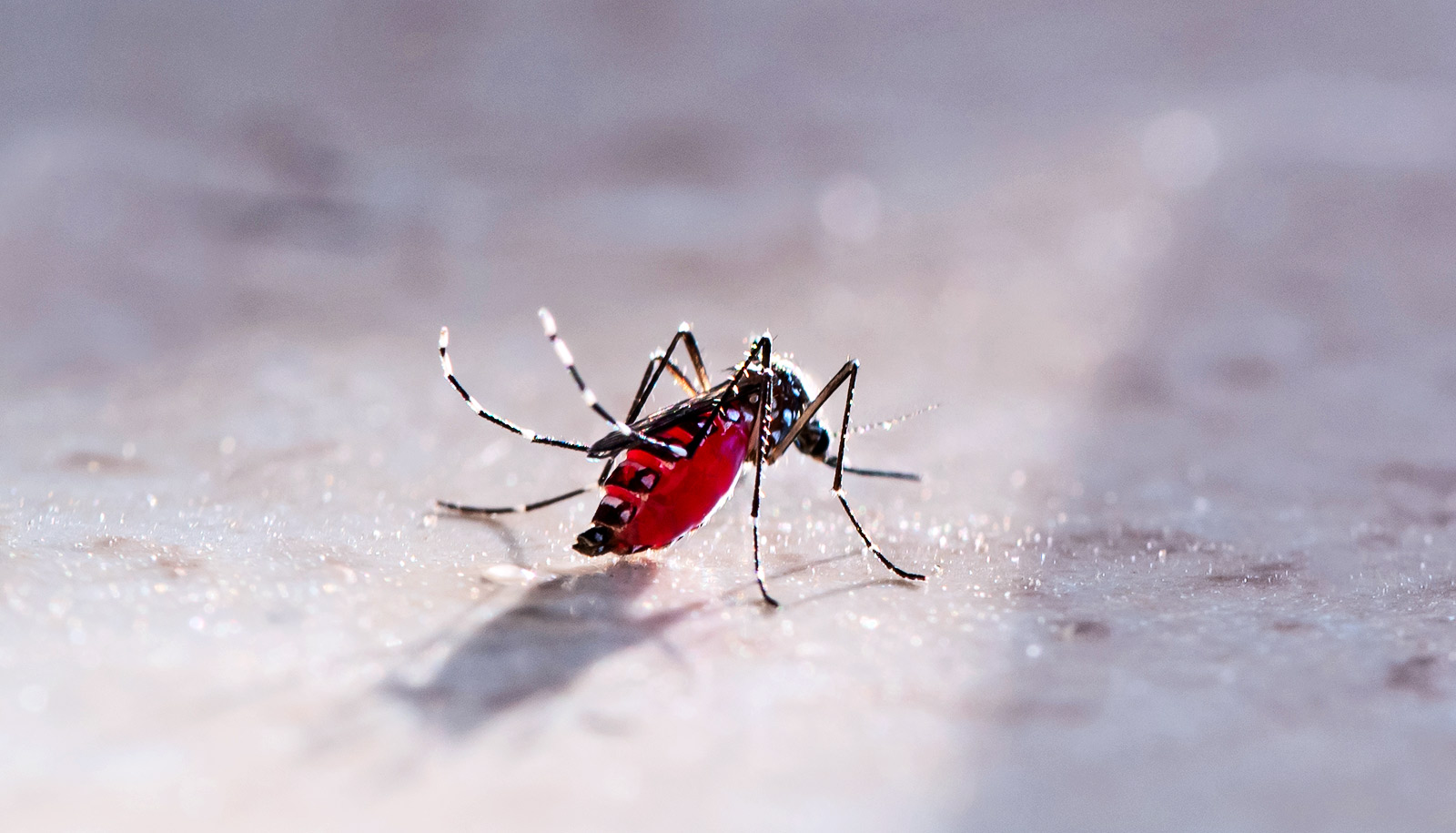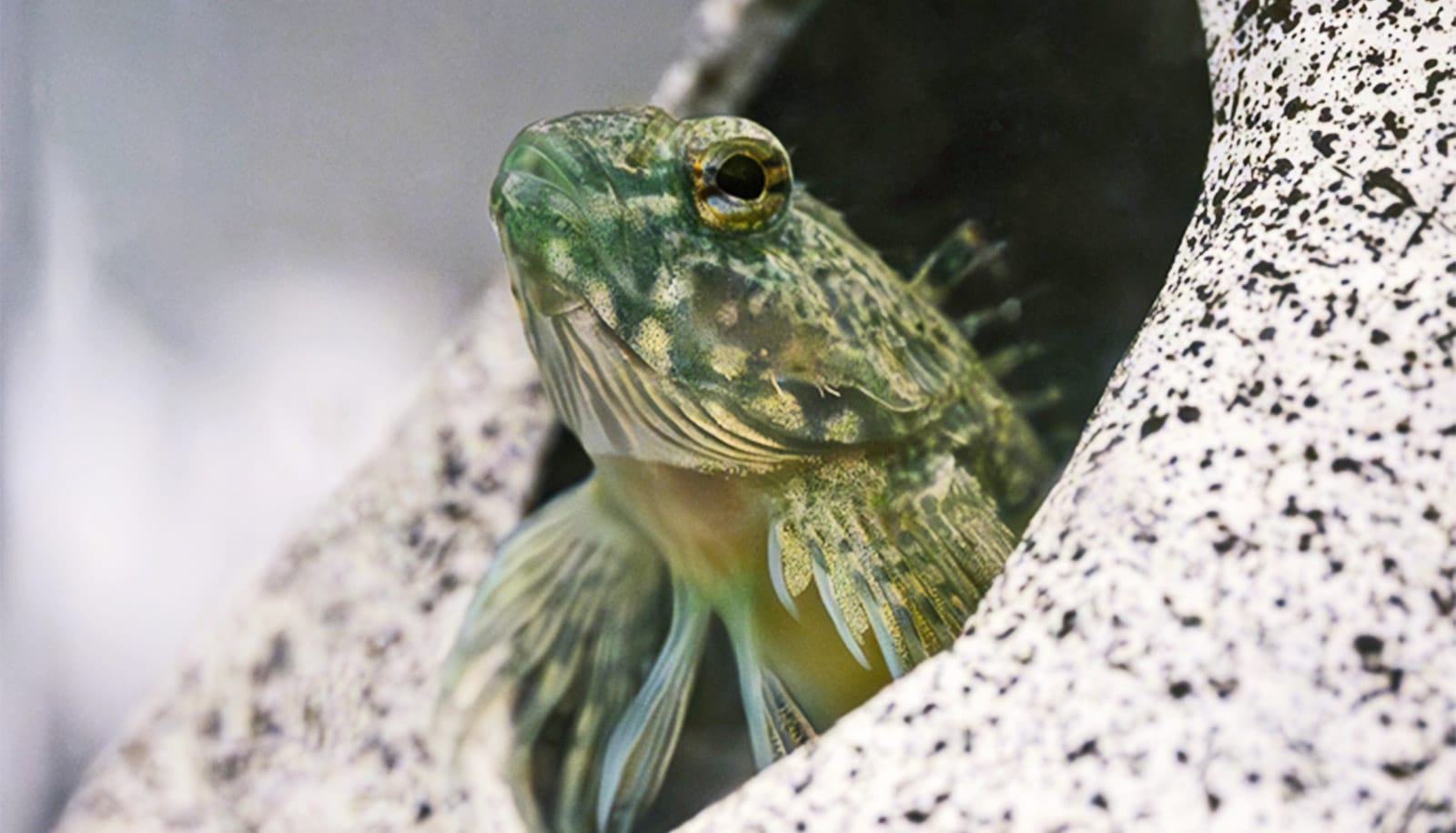Scientists can now use DNA fragments suspended in water—called environmental DNA—to detect and catalog invasive or native fish species.
“We’ve sharpened the environmental DNA (eDNA) tool, so that if a river or a lake has threatened, endangered or invasive species, we can ascertain genetic detail of the species there,” says senior author David Lodge, the director of the Atkinson Center for a Sustainable Future at Cornell University, and professor of ecology and evolutionary biology.

“Using eDNA, scientists can better design management options for eradicating invasive species, or saving and restoring endangered species.”
Additionally, by sampling DNA fragments in water and using polymerase chain reaction (PCR) technology, which acts like a genetic copying machine to make billions of copies of the DNA for study, scientists can collect fish habitat data without the need to capture fish.
“We’re getting closer to what forensic scientists do at a crime scene every day…”
Research begins with a small water sample from a stream, lake, or river. “Fish have millions of cells, and when they swim they leave a trail of cells behind. So, we’re using the whole mitochondrial genome of these cells to track fish,” says Kristy Deiner, postdoctoral researcher and co-lead author of the paper.
Biologists have commonly assumed that fish DNA extracted from water bodies is of poor quality and highly degraded. As it turns out, the new study is the first to show the opposite is true. In a stream, for example, large strands of fish DNA remain intact.
DNA from skin, scales, and poop reveals ocean life
“We’re getting closer to what forensic scientists do at a crime scene every day. They’re not interested in whether any humans were at a crime scene, they’re interested in knowing which humans were at the crime scene,” says Lodge.
As an example, Lodge says, Asian carp have long been an invasive species in Chicago’s canal system. “All we could say was ‘Yes, there are Asian carp here,'” he says.
“With this technological breakthrough, we are getting closer to learning how many there are—based on the genetic differences between individuals—and potentially even where they came from. Then, researchers can gauge the situational danger and ask, ‘Can we close off the source of these invasive fish?'”
On using this technology, Deiner says, “If we catch an invasion early enough, for example, it’s possible to eradicate the population and prevent the invasion from continuing.”
DNA in the water spares team critter-counting
The research appears in the journal Methods in Ecology and Evolution. Additional authors of the paper are from the University of Notre Dame and Hawaii Pacific University. The research received support from the US Department of Defense’s Strategic Environmental Research and Development Program.
Source: Cornell University



